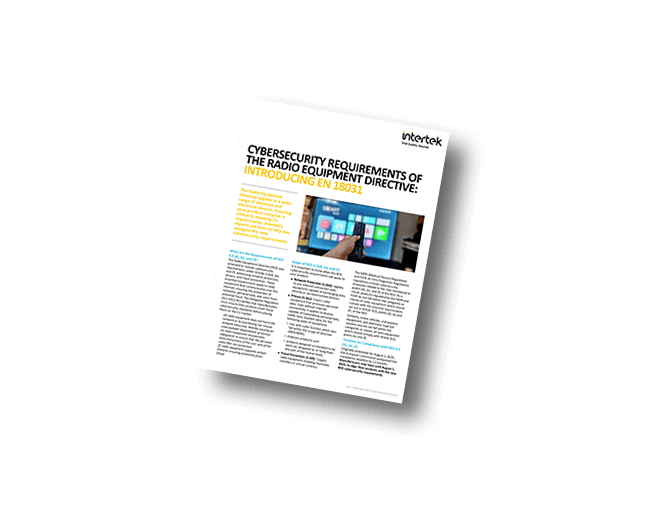RED Directive: The Cybersecurity Compliance Countdown – Part 4

20 May 2025
Using Technical Documentation as Your Compliance Safety Net
Technical documentation isn’t just an administrative requirement – it’s a critical component of cybersecurity compliance. Under the RED Directive, manufacturers must provide comprehensive records proving their devices meet security standards before the manufacturers declaration of conformity is published and the CE-marking requirements are fulfilled. Without it, self-declaration or notified body certification can be delayed for weeks, even months, potentially leading to penalties or sales bans.
Why Technical Documentation Matters
Regulatory bodies need proof that a product has been designed, tested, and maintained according to RED cybersecurity requirements. Documentation serves as a legal shield, offering transparency and traceability. If a security issue arises post-market, well-maintained documentation can demonstrate due diligence and prevent liability claims.
Many manufacturers fall into the trap of treating documentation as an afterthought. This results in missing test reports, incomplete risk assessments, and a lack of update mechanisms for legacy devices – issues that can significantly delay compliance approval.
What Should Your Documentation Include?
A strong technical file should cover the following:
- Risk Assessment Reports: A detailed breakdown of identified vulnerabilities and corresponding mitigations.
- Test Summaries: Evidence of security testing and conformity assessment to recognized standards.
- Compliance Declarations: Signed statements affirming adherence to relevant EN 18031 and other relevant standards. For self-declaration following EN18031-series is mandatory.
- How to Stay Ahead
To streamline documentation and reduce compliance risks:
- Implement compliance tracking to ensure all required documents are up to date.
- Conduct regular audits to identify missing or outdated information.
- Use standardized templates, like a RED documentation checklist, to prevent oversights.
Final Thought
Treat documentation as a living asset – not a static requirement – to ensure long-term cybersecurity resilience.

